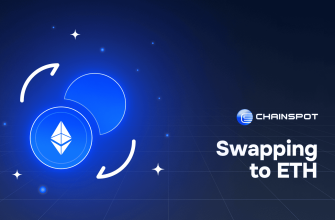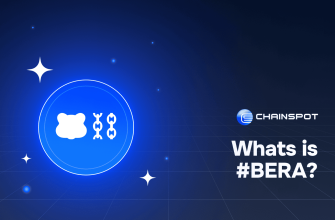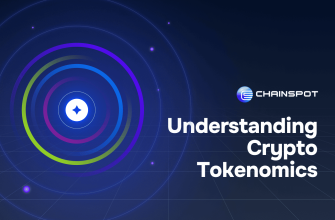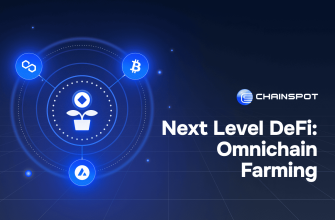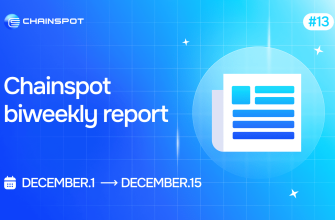Co-founder of Ethereum, Vitalik Buterin, has emphasized the necessity of internal scaling and parallelization of rollup processing to further the success of the Dencun upgrade.
Ethereum has blobs. Where do we go from here?https://t.co/P2cyf9sCwb
— vitalik.eth (@VitalikButerin) March 28, 2024
The most significant advancement since transitioning to a Proof-of-Stake algorithm due to The Merge upgrade has been the implementation of BLOB transactions.
On one hand, this has enabled a nearly 100-fold reduction in transaction fees in Layer 2 networks. On the other hand, the surge in the usage of binary objects led to gas limits being reached in Base, causing a sharp increase in protocol costs, as Buterin recalled the recent situation.
“This has led to a more widespread realization that Ethereum data space is not the only thing that needs to be scaled: rollups need to be scaled internally as well,” Buterin emphasized.
He noted that over the past few years, Ethereum has evolved into an ecosystem focused on second-layer networks. In this regard, the roadmap envisions the idea of implementing a separate data availability space inaccessible to the EVM. This would significantly simplify and reduce the cost of transaction confirmation.
One direction could be the utilization of Data Availability Sampling (DAS) technology. It would enable nodes to verify the correctness of publication based on a small set of information.
It has been well-understood for years that the future of Ethereum scaling depends on rollups backed by data space secured with data availability sampling. EIP-4844 is a key change that lays the groundwork for this future. pic.twitter.com/toZl6i7hcT
— vitalik.eth (@VitalikButerin) March 28, 2024
As a result of progress in this direction, opportunities arise to increase the size of BLOBs to a maximum of 16 MB and utilize space more efficiently, Buterin emphasized.
The first step could be the introduction of a simplified version of the technology — PeerDAS, Buterin believes. In this method, each node stores a small part of the binary object data (e.g., ⅛) and maintains P2P connections with others. To verify a fragment, it directly contacts the node that stores it.
The next step is verifying blobs with PeerDAS, a conservative version of DAS that can offer some additional scaling. At first, we'll likely see some clients full-verifying and others doing DAS checks.
More and more advanced versions of DAS can be introduced over time. pic.twitter.com/w0R30zBmjP
— vitalik.eth (@VitalikButerin) March 28, 2024
Rollup technologies also require further improvements, the expert is confident. Firstly, enhancing data compression methods theoretically could reduce their size per transaction from 180 bytes to 25. Secondly, employing Plasma, which would allow L2 solutions to not place all information on the chain.
Among the important tasks for improving rollups, Buterin also mentioned “parallelization” and increasing the efficiency of interaction between “computation and storage.”






